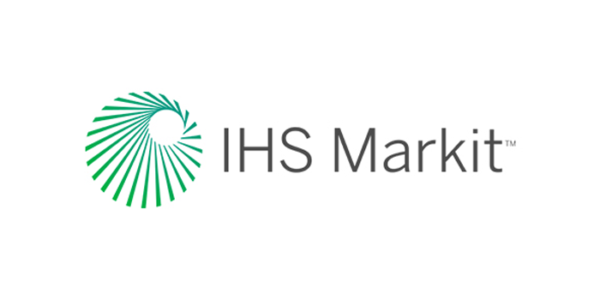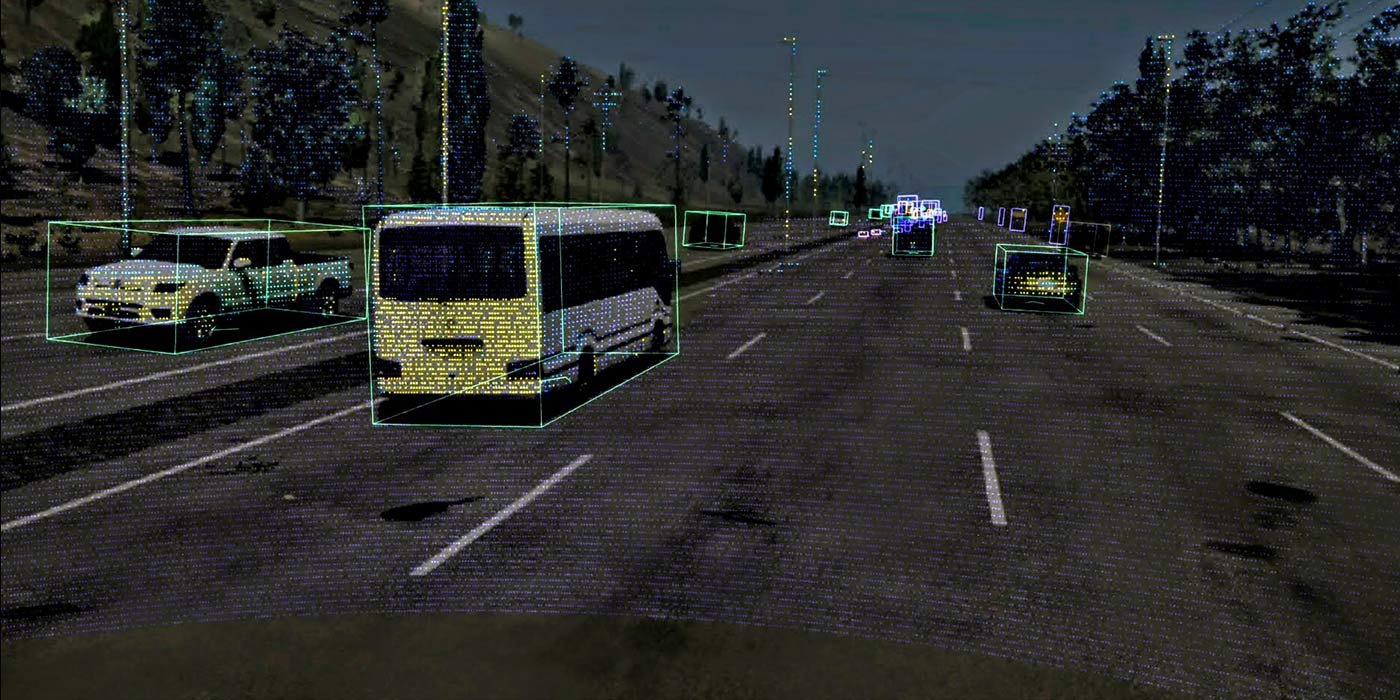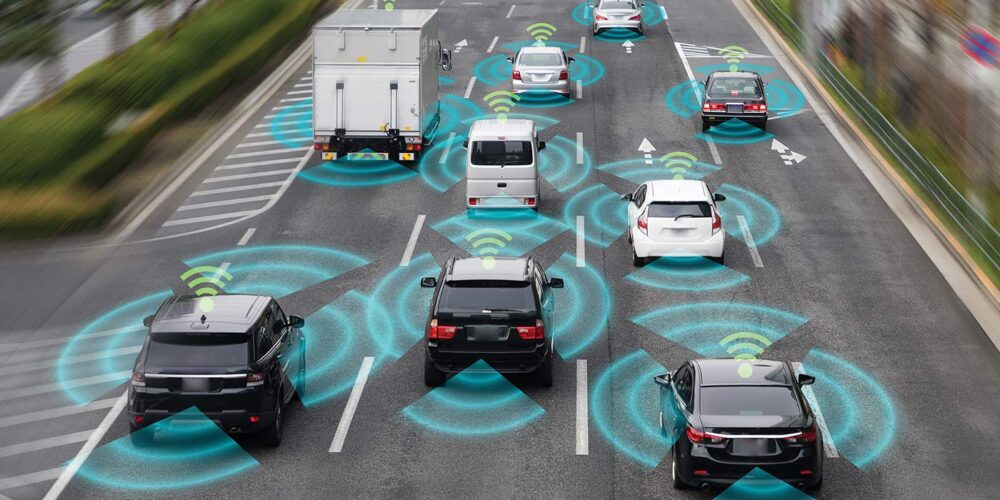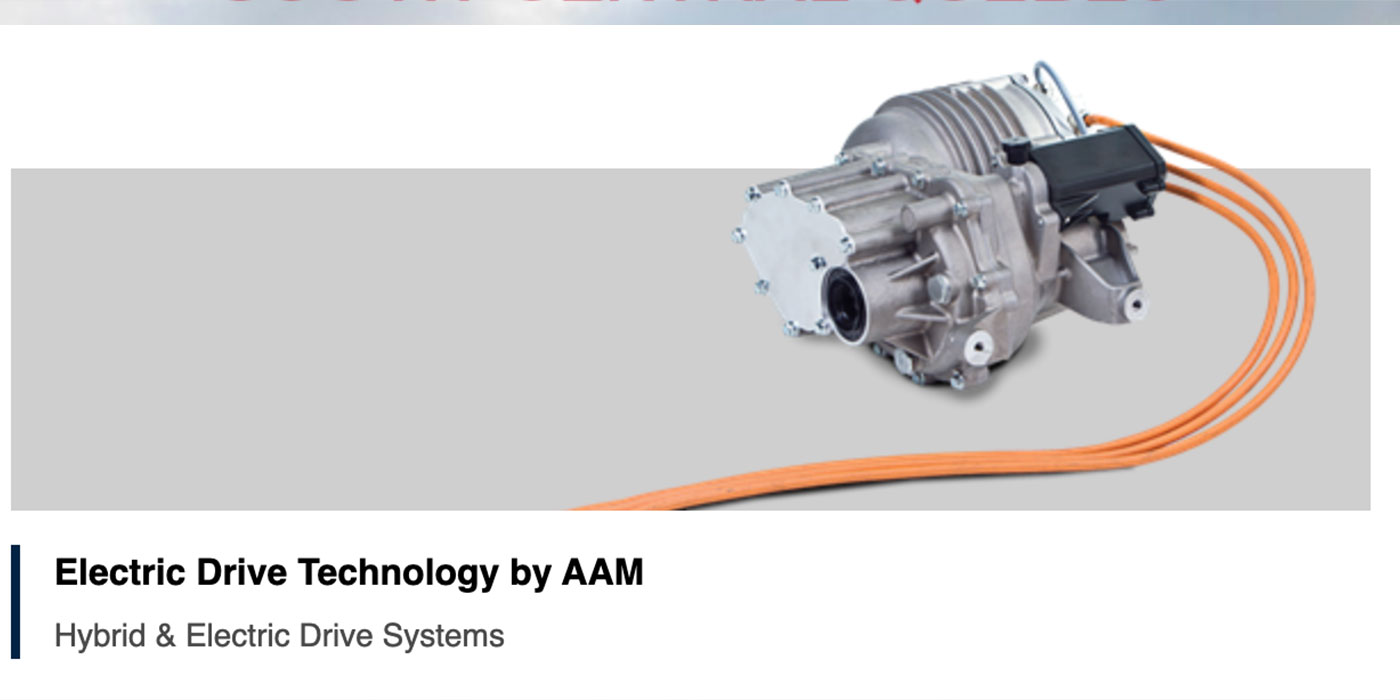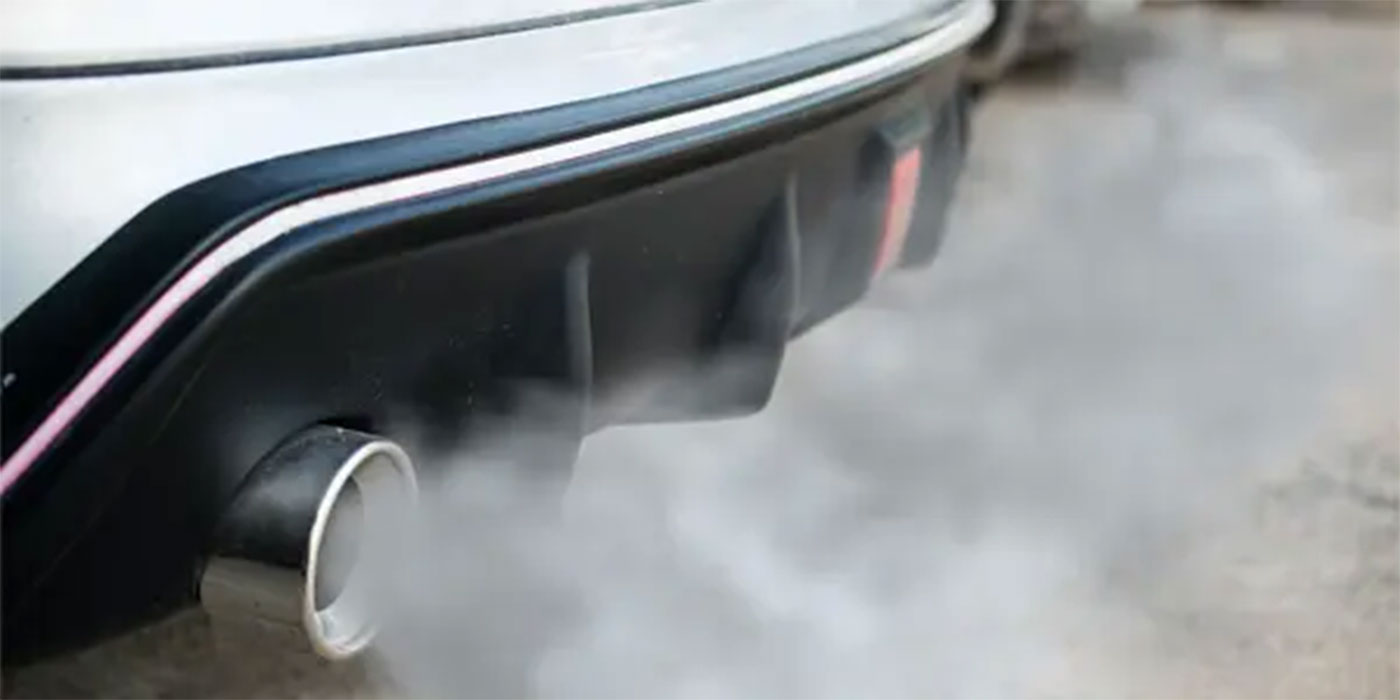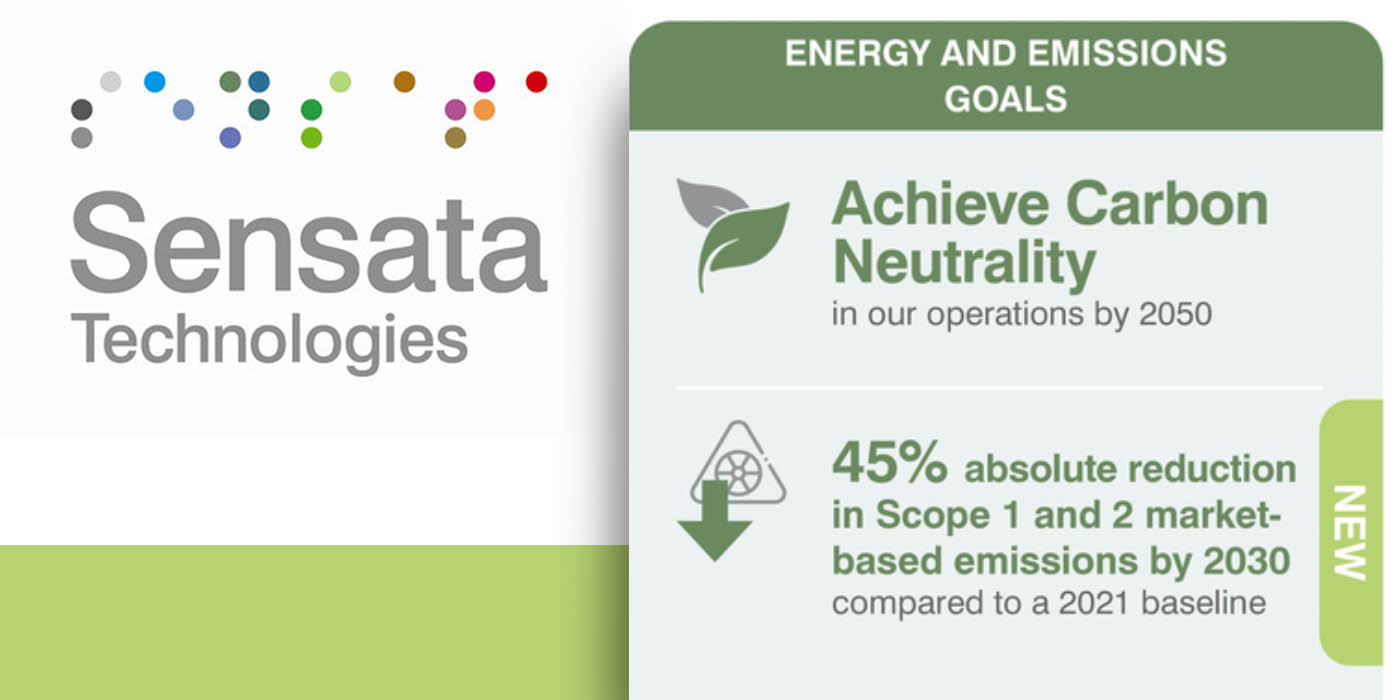 Automakers failing to meet 2021 fleet CO2 emissions compliance, for passenger vehicles sold in the European Union (EU) could be fined more than €14 billion (approximately $16.2 billion) in 2021, based on new analysis from business information provider IHS Markit.
Automakers failing to meet 2021 fleet CO2 emissions compliance, for passenger vehicles sold in the European Union (EU) could be fined more than €14 billion (approximately $16.2 billion) in 2021, based on new analysis from business information provider IHS Markit.
Legislators in the European Union (EU) are imposing a new passenger car fleet CO2 emissions target of 95 g/km, to be phased in during 2020, with 100 percent application in 2021 on Worldwide Harmonized Light Vehicle Test Procedure (WLTP).
New passenger car fleets that fail to meet compliance are set for potentially substantial fines in both 2020 and 2021.
The IHS Markit baseline scenario (one of various scenarios), suggests that the EU28 sales-weighted passenger car phased (best 95 percent) fleet CO2 average in 2020 is likely to reach 102.3 g/km (NEDC). This includes 4 g/km of CO2 reduction derived from super credits and a further 2 g/km of CO2 reduction from forecasted eco-innovation technology deployment. In 2020, fines paid by OEMs could amount to €11 billion (approximately $12.75 billion).
Furthermore, with a 2021 target set at 114.9g/km (as the 95g/km New European Driving Cycle (NEDC) target is adjusted to an equivalent WLTP value), IHS Markit forecasts that the sales-weighted passenger car fleet CO2 average will reach 122.9 g/km (WLTP). If this level of excess emission is unable to be curtailed, it could lead to a total of €14 billion (approximately $16.2 billion) in excess emission premiums.
“The current expectation considers each OEM we expect to be selling cars in the region during the forecast horizon,” said Vijay Subramanian, associate director for the IHS Markit powertrain and compliance business in EMEA. “As we continue to follow OEM technology developments and any regulatory adjustments, our forecasts may be adjusted accordingly.”
The analysis shows that 25 OEMs are however, on course to meet targets in 2020 and 2021, given developments and initiatives toward electrification and hybridization of their fleets.
Despite the continued collapse of the European diesel passenger car market, a technology that is generally helpful in CO2 abatement, the implementation of other impactful technologies, including LED lighting, thermal encapsulation, highly efficient alternators and other relevant technologies are proving to be helpful in offsetting some, if not all, of the diesel headwind effect in the 2020 and 2021 periods.
Several automakers also are observed as clearly pursuing, or leveraging a super credit strategy, designed to supplement engineering strategies and will help some achieve targets and avoid fines. In addition, some manufacturers may plan, under parent company umbrellas, to pool resources in order to avoid fines.
In comparison, 27 manufacturers could share the forecasted €14 billion (approximately $16.2 billion) in 2021 penalties due to non-compliance. This is despite efforts to build a super credit strategy and investments into hybridization and electrification. These OEMs are not expected to stop work on compliance solutions and strategy, yet are expected to continue to struggle to bring forward the fruits of commensurate investment, leading to compelling product with enough demand at the correct time for compliance.
“If they are unable to meet compliance targets in time, IHS Markit forecasts that average fines for those not complying could reach €624 (approximately $725) per vehicle at the end of 2020, with a further €190 (approximately $190) increase in 2021 as a function of the shift to WLTP,” said Subramanian.
Technology contribution focus is shifting, diminishing returns from traditional technology
In 2020, the final year of being monitored under the NEDC regime, it is clear that technologies commensurate to compliance are not expected to reach demand levels sufficient enough to guarantee it, under the IHS Markit baseline scenario.
Once in 2021 and subject to full WLTP regulatory monitoring, only a seismic shift (over the baseline) in consumer demand for BEV (electric-plug-in) and PHEV (hybrid-full plug-in) will result in the full mitigation of EU28 fleet level excess emissions premiums.
Put simply, in 2021, the IHS Markit baseline forecast struggles to envision enough demand of the correct technology in order for the entire EU28 fleet to comply.

